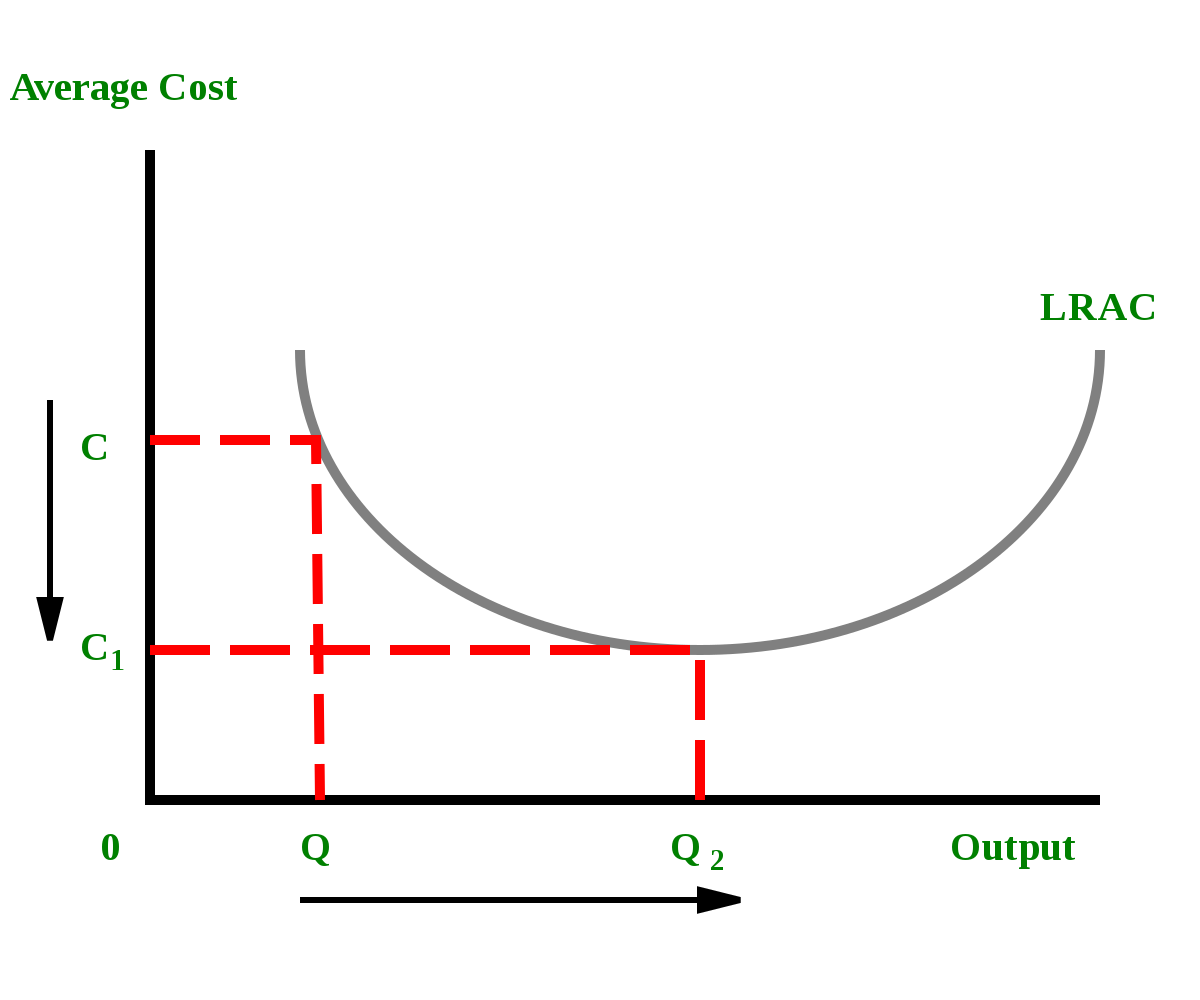The problem whit this „just make a CPU Board whiteout the buggy OMAP 5“ is, that there may be a too big loss, if the OMAP 5 CPU Boards will not bought, so there is no money to develop a new CPU Board..
I would wait until good developers found a solution for this Low Power Mode Issue, or whe should first look how much time it’s needs for a boot up
Also : I suspekt that you can already close the Lid and put the Pyra in your Pocket when you have to leave fast, and if you have to leave fast, most of the time you will open the Pyra then after some minutes again in the train or the plane or something, so it’s not sitting more then 10 Hours In low Power Mode..
it would be cool if you don’t have to shut it off, but maybe it’s just now..
My plan was to put my Work Time Libre Office Sheet on the Pyra and just put it out of my pocket and work on this bevor I leave my Workplace, but It’s not that necessary, ..
The Pyra is still the whole Work PC in my pocket, I just have to boot it up rather then just awake it from hibernation mode..
Send from something, i guess ^^
I would wait until good developers found a solution for this Low Power Mode Issue, or whe should first look how much time it’s needs for a boot up
Also : I suspekt that you can already close the Lid and put the Pyra in your Pocket when you have to leave fast, and if you have to leave fast, most of the time you will open the Pyra then after some minutes again in the train or the plane or something, so it’s not sitting more then 10 Hours In low Power Mode..
it would be cool if you don’t have to shut it off, but maybe it’s just now..
My plan was to put my Work Time Libre Office Sheet on the Pyra and just put it out of my pocket and work on this bevor I leave my Workplace, but It’s not that necessary, ..
The Pyra is still the whole Work PC in my pocket, I just have to boot it up rather then just awake it from hibernation mode..
Send from something, i guess ^^


